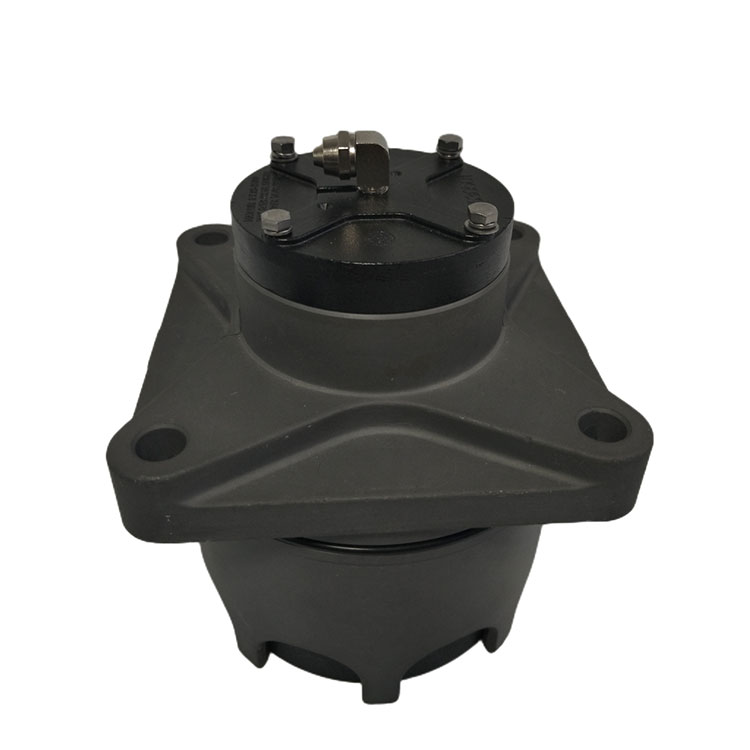Seamless Integration: How the DN100 Optipow Valve with Fitting Parker Fits into Existing Systems
2024-06-21
The DN100 Optipow Valve with Fitting Parker is a versatile and high-performance component designed for a variety of industrial applications. Integrating this valve into existing systems requires careful consideration of compatibility factors to ensure optimal performance and reliability. In this blog, we'll explore how the DN100 Optipow Valve integrates with existing systems and what compatibility considerations you should keep in mind.
Understanding the Integration Process
1. System Assessment
Evaluate System Requirements
Before integrating the DN100 Optipow Valve, assess the specific requirements of your system. This includes understanding the operating pressure, temperature range, flow rates, and the type of media (liquid or gas) the valve will control. Matching these parameters with the valve’s specifications ensures compatibility and optimal performance.
Compatibility with Piping and Fittings
Ensure that the valve’s size (DN100) and connection type (e.g., flanged, threaded) are compatible with your existing piping and fittings. The DN100 designation refers to a nominal diameter of 100 mm, which should match your pipeline dimensions. The valve’s fittings should align with your system’s standards, whether it's ANSI, DIN, or another specification.
2. Installation Procedures
Proper Alignment
During installation, ensure the valve is properly aligned with the pipeline to prevent stress and potential leaks. Misalignment can cause mechanical strain on the valve and surrounding pipes, leading to premature wear or failure.
Secure Mounting
Mount the valve securely to prevent movement or vibration during operation. This involves using appropriate brackets, supports, and fasteners to keep the valve stable. Proper mounting is crucial for maintaining system integrity, especially in high-pressure environments.
3. Integration with Control Systems
Actuation and Control Compatibility
If the DN100 Optipow Valve is part of an automated system, ensure that the actuator (whether electric, pneumatic, or hydraulic) is compatible with your control system. This includes matching voltage, signal types, and communication protocols.
Sensor and Feedback Integration
Integrate sensors and feedback mechanisms to monitor the valve’s position and performance. This data can be fed into your control system to enable real-time monitoring and adjustments, enhancing system efficiency and reliability.
Key Compatibility Considerations
1. Material Compatibility
Media Compatibility
Ensure that the materials used in the DN100 Optipow Valve are compatible with the media flowing through your system. For instance, if your system handles corrosive fluids, choose a valve with corrosion-resistant materials like stainless steel or specific coatings.
Temperature and Pressure Tolerance
Verify that the valve’s material can withstand the system’s operating temperatures and pressures. Using a valve outside its rated conditions can lead to material degradation and potential failure.
2. Electrical and Signal Compatibility
Voltage and Current Ratings
Ensure that the valve’s actuator matches the electrical specifications of your system. This includes checking the voltage and current ratings to avoid electrical incompatibilities that could damage the actuator or control system.
Communication Protocols
If the valve is part of a networked control system, ensure that it supports the necessary communication protocols (e.g., Modbus, Profibus, or Ethernet/IP). Compatibility with your existing control infrastructure is essential for seamless integration and operation.
3. Maintenance and Accessibility
Ease of Access
Consider the valve’s placement within your system for ease of access during maintenance. Ensure there is sufficient space around the valve for technicians to perform inspections, repairs, or replacements without major disruptions to the system.
Standardization
Using standardized components and fittings across your system simplifies maintenance and reduces the need for specialized parts or tools. The DN100 Optipow Valve’s compatibility with Parker fittings, for instance, can streamline procurement and maintenance processes.
4. Regulatory and Safety Compliance
Adherence to Standards
Ensure that the DN100 Optipow Valve complies with relevant industry standards and regulations. This includes pressure vessel certifications, safety standards, and environmental regulations applicable to your industry.
Safety Features
Incorporate safety features such as pressure relief valves, emergency shut-off mechanisms, and fail-safe actuators to enhance the safety of your system. Ensuring these features are compatible with the DN100 Optipow Valve enhances overall system safety and reliability.
Conclusion
Integrating the DN100 Optipow Valve with Fitting Parker into existing systems involves careful consideration of various compatibility factors. By assessing system requirements, ensuring material and electrical compatibility, planning for ease of maintenance, and adhering to regulatory standards, you can achieve a seamless and efficient integration. Proper installation and alignment, along with integration with control systems, further ensure that the DN100 Optipow Valve performs reliably within your system. These best practices not only enhance system performance but also extend the valve’s lifespan, providing long-term value and operational efficiency.



